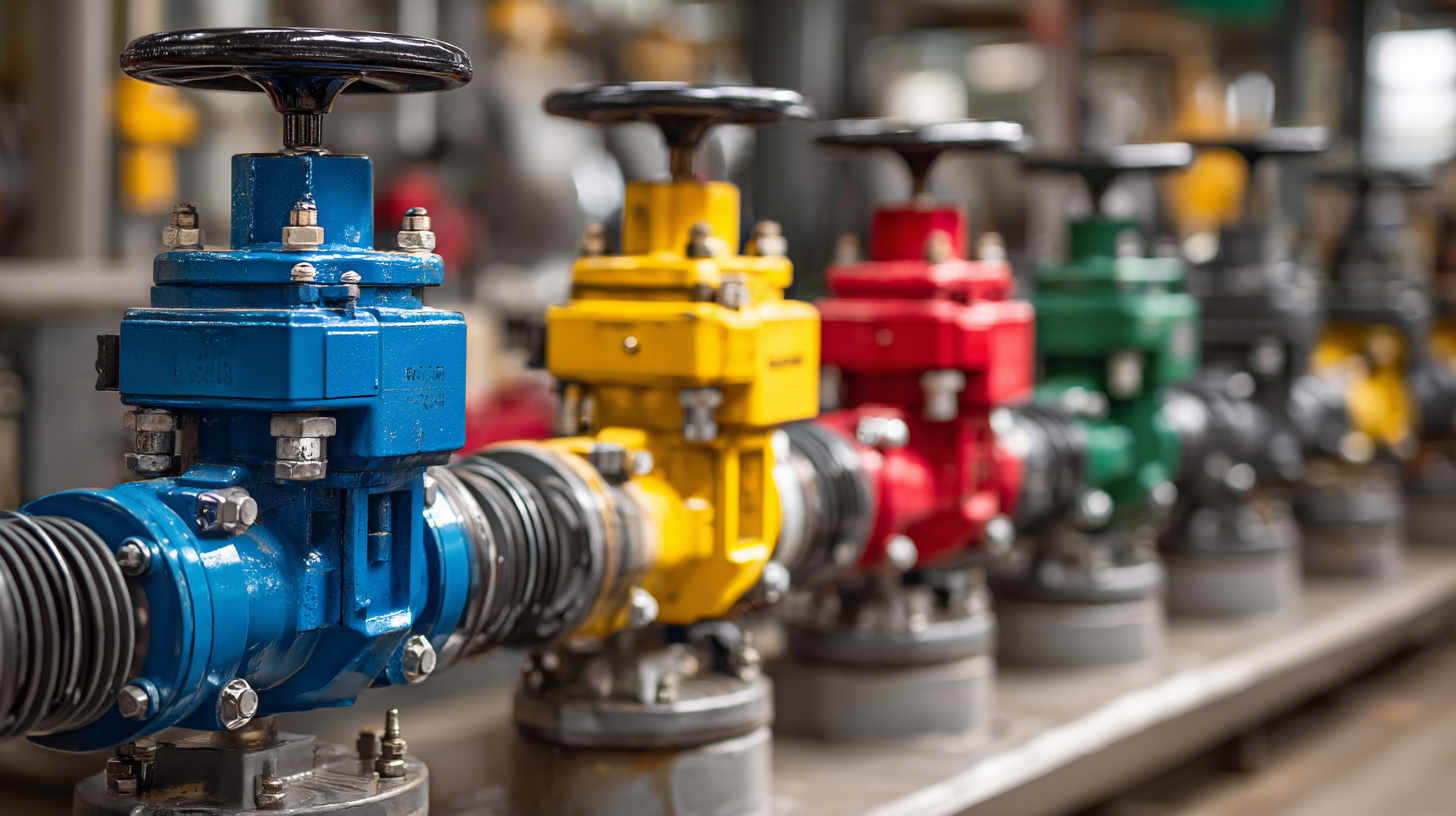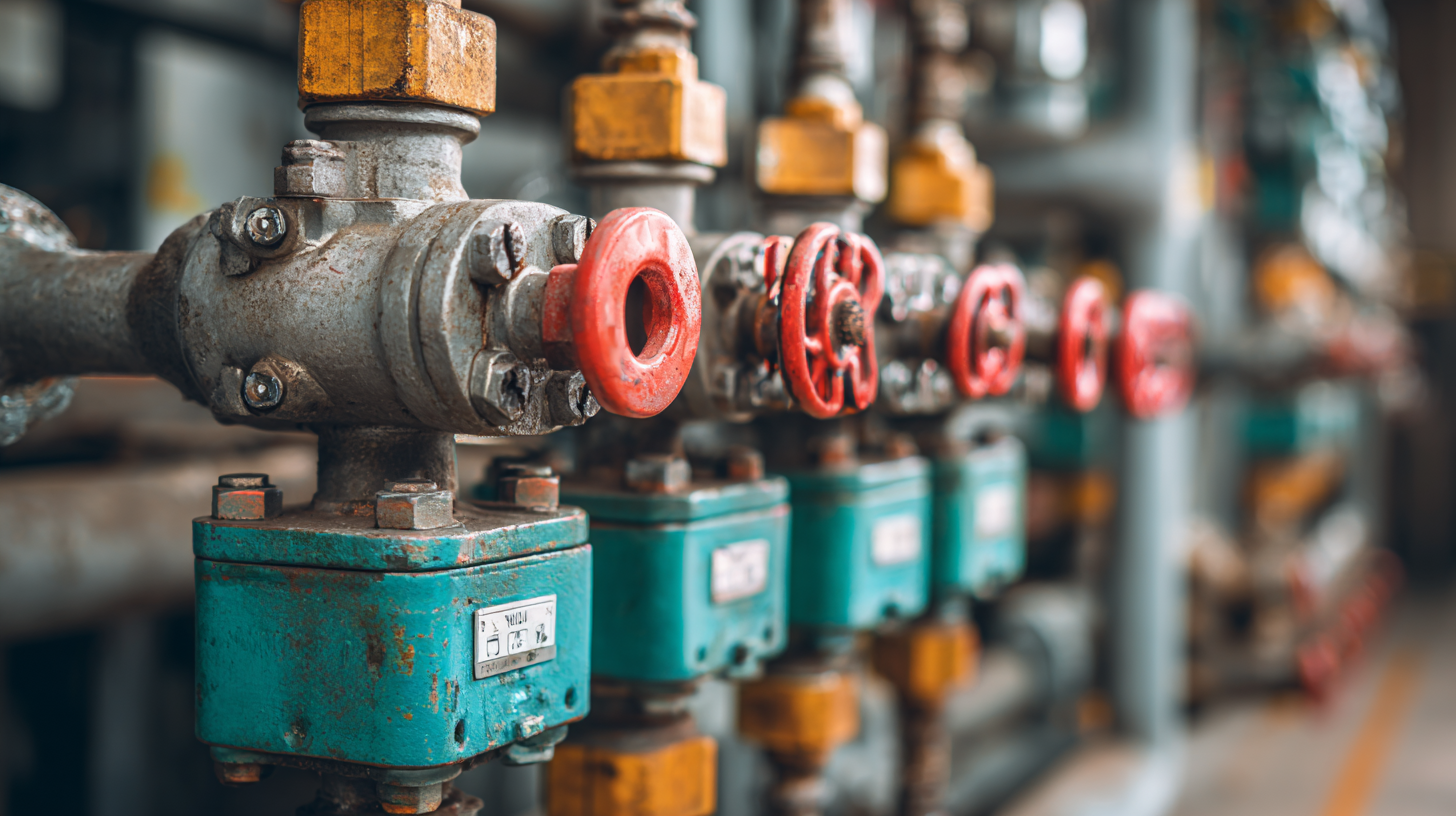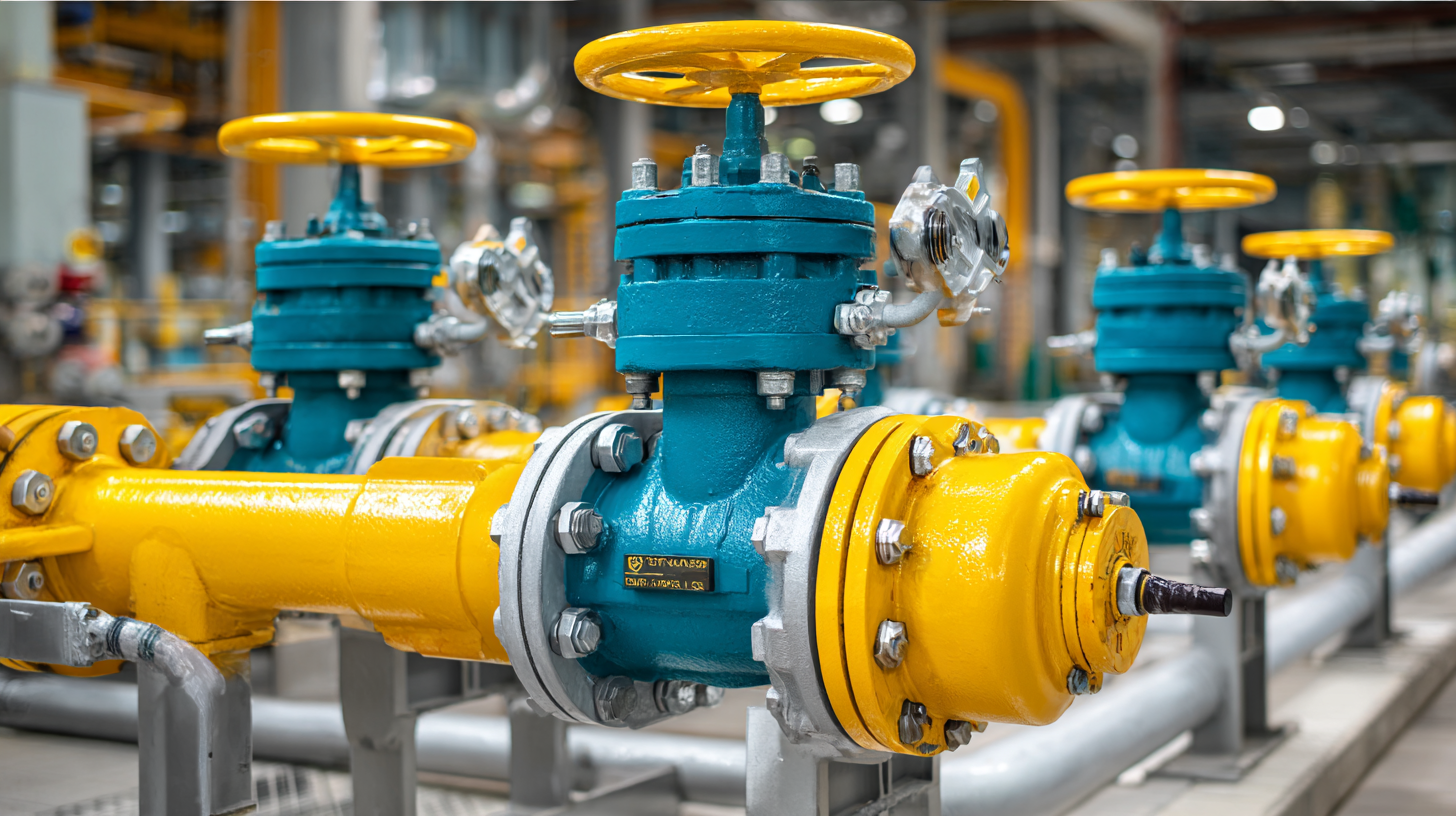Understanding the Different Types of Control Valves: A Comprehensive Guide
 In the realm of process control, understanding the various Control Valve Types is crucial for optimizing system performance and efficiency. According to recent industry reports, the global market for control valves is projected to exceed $10 billion by 2025, driven by the growing demand for automation in various sectors such as oil and gas, water treatment, and manufacturing. Each type of control valve—be it globe, ball, or butterfly—offers unique features and benefits, making them suitable for specific applications within these industries. As the complexity of industrial processes increases, so does the need for engineers and operators to select the appropriate valve types that can enhance flow control, minimize energy consumption, and ensure safety. This comprehensive guide will delve into the different Control Valve Types, highlighting their functionalities, advantages, and ideal applications to help professionals make informed decisions in an increasingly competitive market.
In the realm of process control, understanding the various Control Valve Types is crucial for optimizing system performance and efficiency. According to recent industry reports, the global market for control valves is projected to exceed $10 billion by 2025, driven by the growing demand for automation in various sectors such as oil and gas, water treatment, and manufacturing. Each type of control valve—be it globe, ball, or butterfly—offers unique features and benefits, making them suitable for specific applications within these industries. As the complexity of industrial processes increases, so does the need for engineers and operators to select the appropriate valve types that can enhance flow control, minimize energy consumption, and ensure safety. This comprehensive guide will delve into the different Control Valve Types, highlighting their functionalities, advantages, and ideal applications to help professionals make informed decisions in an increasingly competitive market.
Types of Control Valves: An Overview of Their Functions and Applications
Control valves play a crucial role in various industrial processes, managing the flow of fluids by varying the size of the flow passage. Among the different types, two of the most commonly used are globe and ball valves. Globe valves are known for their excellent throttling capabilities, making them ideal for applications requiring precise flow control. They function using a movable disk or plug, which adjusts the flow area, thus allowing operators to fine-tune the flow rate as needed. Their versatile performance makes them suitable for heating, cooling, and water distribution systems.
On the other hand, ball valves are recognized for their quick operation and reliable sealing properties. Featuring a spherical disc that controls flow, ball valves are typically utilized in applications where rapid shut-off is essential, such as gas pipelines and water supply lines. Their straightforward design minimizes pressure loss, enhancing efficiency. Each type of control valve serves distinct applications, and understanding their functions helps engineers and operators make informed decisions, ensuring optimal performance in their specific contexts.

Understanding Valves: Key Components and How They Work
Control valves play a pivotal role in various industrial processes, regulating the flow and pressure of fluids. To fully appreciate their functionality, it’s essential to understand the key components that make up these valves. Primarily, a control valve consists of a valve body, an actuator, and a control signal mechanism. The valve body houses the internal parts that manipulate the flow, while the actuator converts a control signal into mechanical motion, determining the valve's position.
The flow of fluid through the valve can be controlled precisely due to the design and interaction of these components. For instance, the trim—the internal components of the valve body—includes valve seats and plugs that facilitate the opening and closing actions. When the actuator receives a signal, it moves the plug to adjust the flow area, allowing for accurate flow control. Understanding how these components work together is essential for optimizing system performance and ensuring efficient operation in various applications, from simple home plumbing to complex industrial processes.
Understanding the Different Types of Control Valves
This chart illustrates the distribution of different types of control valves based on their application in various industries. The data represents a hypothetical analysis of valve types used in commonly found scenarios.
The Benefits of Different Control Valve Types in Industrial Processes
Control valves play a crucial role in regulating flow and pressure within industrial processes. Understanding the different types of control valves can significantly enhance operational efficiency and performance. For instance, globe valves are renowned for their precise flow control and are ideal for throttling applications. Their ability to offer fine adjustments makes them suitable for processes that require meticulous regulation, such as in chemical manufacturing or power generation.
On the other hand, ball valves provide quick shut-off capabilities and are best suited for on/off control. Their simplicity in design allows for minimal pressure drop and rapid response times, making them a preferred choice in applications that require swift actuation, such as in water treatment facilities. Similarly, butterfly valves are recognized for their lightweight construction and compact design, contributing to easy installation and maintenance. These valves excel in applications involving large volumes of fluid, such as in HVAC systems, providing an efficient balance between cost and performance. By selecting the appropriate type of control valve, industries can optimize their processes, improve safety, and reduce operational costs, demonstrating the significant benefits that come from understanding valve functionality.
Understanding the Different Types of Control Valves: A Comprehensive Guide
| Control Valve Type | Application | Advantages | Disadvantages |
|---|---|---|---|
| Globe Valve | Flow regulation in pipelines | Good throttling capabilities | Higher pressure drop |
| Ball Valve | On/off control | Low pressure drop, quick operation | Not suitable for throttling |
| Butterfly Valve | Flow regulation in large pipes | Lightweight, simple design | Limited throttling capabilities |
| Gate Valve | Isolation of flow | Minimal pressure drop when fully open | Not suitable for throttling |
| Check Valve | Prevent backflow in pipelines | Automatic operation | Can cause water hammer |
Choosing the Right Control Valve for Your System: Factors to Consider
When selecting the right control valve for your system, several factors come into play.
First, it’s essential to consider the type of fluid being controlled.
Different fluids have varying properties, such as viscosity and temperature, which can significantly impact valve performance.
For instance, a valve designed for water may not function optimally with viscous fluids like oil.
Tip:
Always refer to the valve’s specifications
and ensure it is rated for your specific fluid to avoid operational issues.
Another crucial consideration is the pressure requirements of your system.
The control valve must not only withstand the pressure but also operate effectively within the specified pressure range.
Understanding the system's pressure dynamics can help in selecting a valve that ensures reliability and efficiency.
Tip:
Conduct a thorough analysis of the system pressure profile
before making a decision, as this can prevent costly downtime and maintenance in the future.
Finally, actuator type plays a pivotal role in the performance of control valves.
The choice of actuator affects the speed and precision of valve adjustments, impacting the overall control loop performance.
Evaluating the actuator’s compatibility with the control strategy of your system is vital for optimal operation.

Maintenance and Troubleshooting Tips for Control Valves: Ensuring Optimal Performance
When it comes to ensuring the optimal performance of control valves, regular maintenance and effective troubleshooting are paramount. According to a recent report by the International Society of Automation (ISA), improper maintenance can lead to a staggering 30% drop in operational efficiency for industrial systems. This underscores the necessity for routine inspections and timely servicing of control valves to avoid costly downtime and inefficiencies.
Common issues that affect control valve performance include actuator failures, valve seat wear, and leakage. Implementing a thorough preventive maintenance program can alleviate many of these issues. The Oil & Gas Journal notes that companies utilizing predictive maintenance strategies can reduce unplanned outages by over 50%, leading to significant cost savings and operational reliability. Essential troubleshooting tips include monitoring valve performance through regular audits, analyzing performance data, and addressing issues such as vibration or abnormal noise immediately to ensure that control valves operate within their optimal parameters.